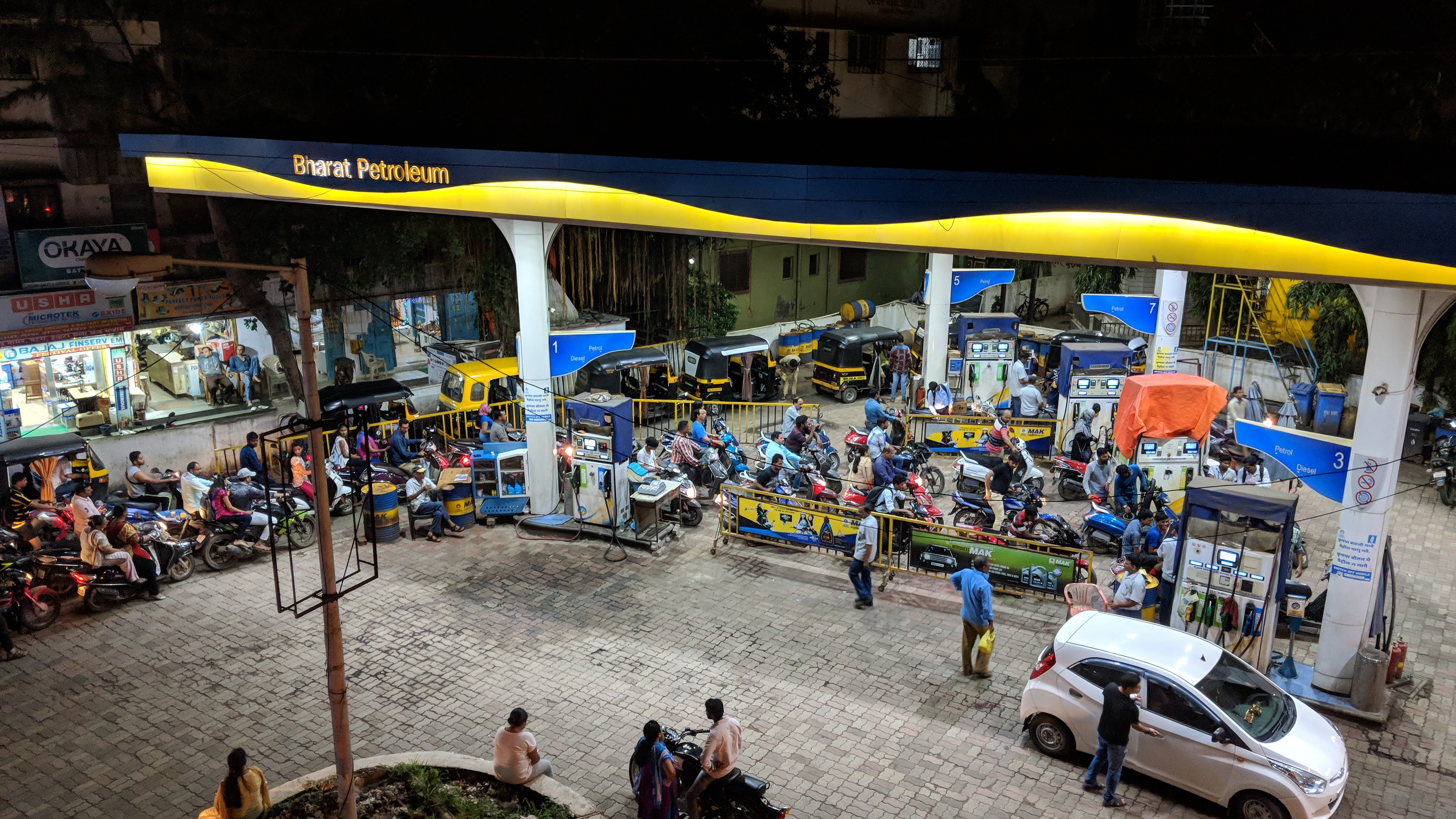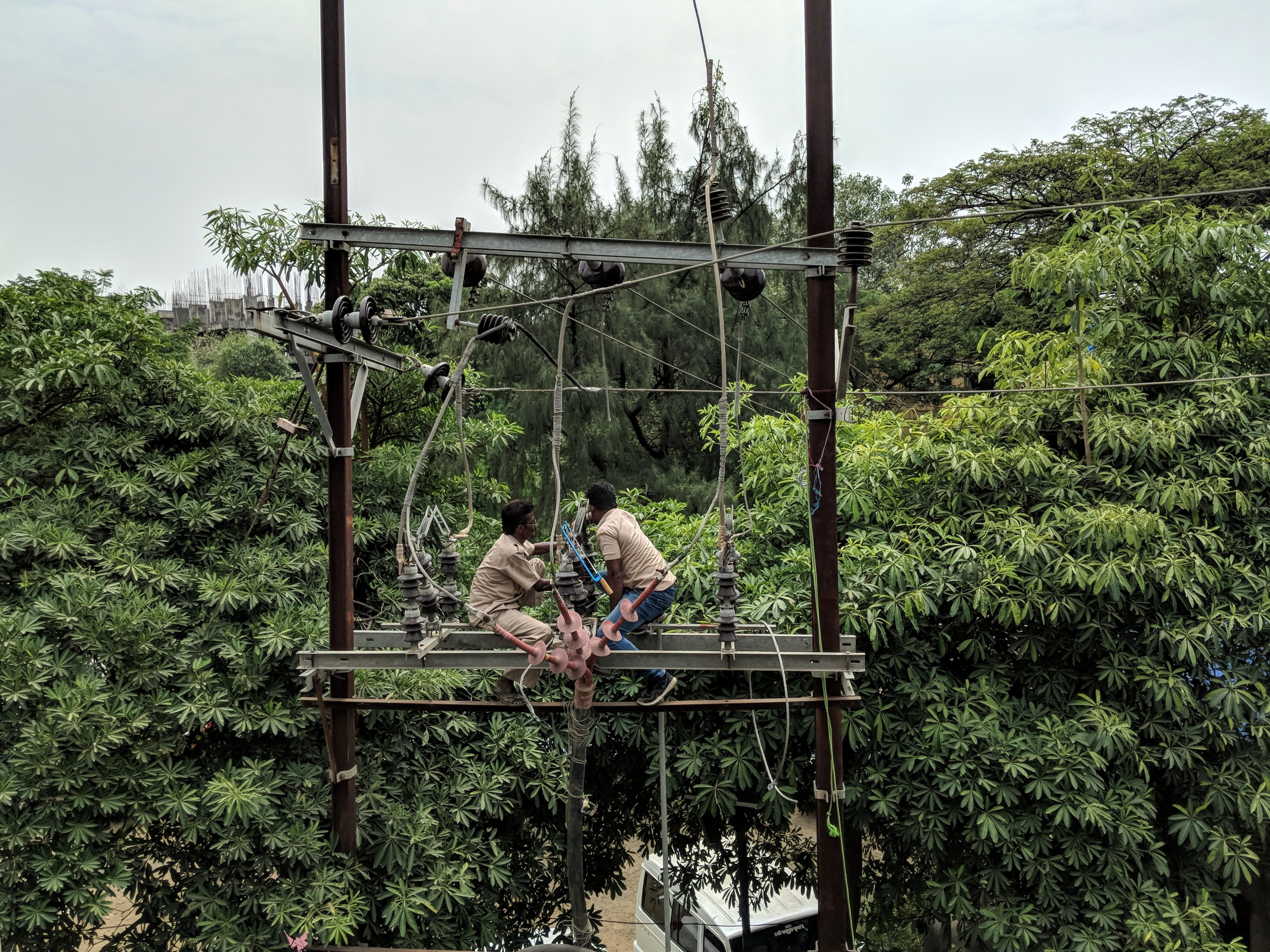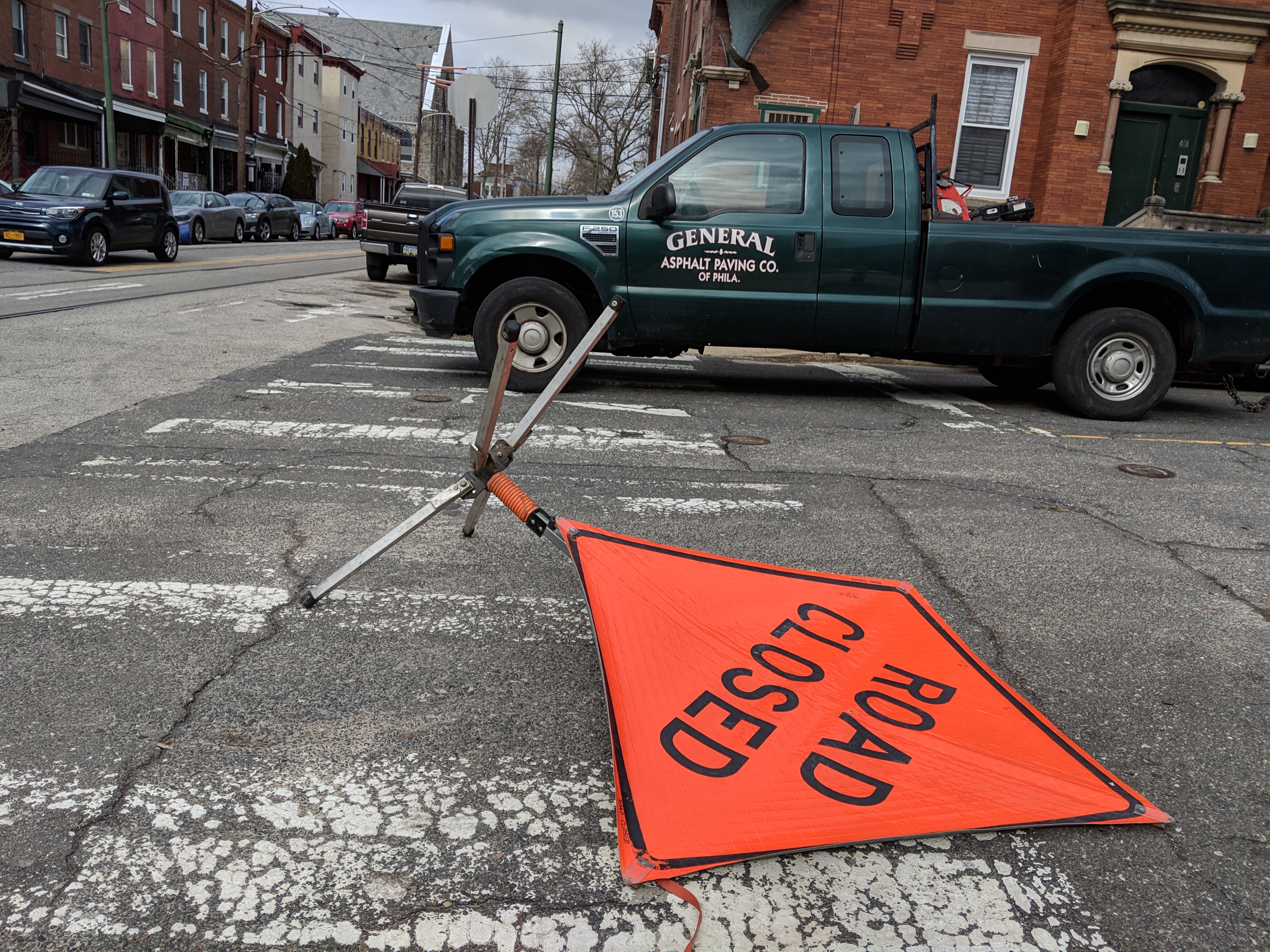Fuel Cuts, Part 1: What's energy got to do with it?
May 22, 2019
Nancy Lee Roane
This essay is the introduction to a four-part series on how energy relates to culture and society. From power dynamics to politics to bodily experience, energy use (and abuse) is as much a cultural and social phenomenon as it is a physical and chemical one. Parts 2, 3, and 4 will be coming out in the following week.
-----
It is no secret that the human use and abuse of carbon-intensive fossil fuels is the main culprit for climate change. At its core, the energy crisis points to the problem of how to power the world we live in today. Transitioning to renewable or cleaner energy, or lowering one’s own personal carbon emissions, are pushes in the right direction. But these pushes don’t quite capture the broader social or cultural reasons for why we need so much energy in the first place. To get at this question, this series starts from what happens when fuel gets cut: when the resources run out, the energy dissipates, or the goals of economic growth clash with environmental justice. While energy transfers make things happen, we have the tendency to stop noticing how things happen until they stop working. Think about the last time your power went out, or the internet froze. Scarcity, reduction, and crisis highlight exactly what we take for granted every day when we take a bite of food, turn on a light, step onto a bus, or answer a text message. What do fuel cuts tell us about the nature of how we use energy?

To answer this question, it is necessary to put fossil fuels in conversation with other types of energy transfers: chemical processes such as metabolism, physical interactions such as force, or even everyday social understandings of change and transformation. All these understandings of energy must be linked, even as the specifics of how proves just as elusive as the concept of energy itself. Energy is less a physical thing than a property of matter. There is no pure energy: it is always carried by something, in the form of movement or the potential for movement. In physics, energy is defined as the capacity to do work. In other words, using energy makes things happen. But energy is neither created nor destroyed, only transferred. Stored energy, such as the solar energy encased in fossil fuels, becomes thermal energy that powers engines.
When staying in the realm of physics, then, energy can be understood in quantifiable terms: the change in a chemical or physical process can be measured by where the energy goes. But what about for things that aren’t so easily measured, such as cultural norms and behaviors, political questions surrounding power, or ethical questions of environmental and economic justice? All of these questions also have to do with energy. This series contends that climate change cannot be addressed without considering energy from a broader perspective that links hard science understandings of energy transfers (physical, chemical, biological) with social phenomena (politics, behavior, meaning-making).

Making these connections can be tricky. One must avoid the major pitfall of unreflexively applying scientific laws to social realms. This kind of 1:1 ratio can already be seen all over the place, from early 20th c. anthropology linking energy usage to cultural advancement, or vulgar Darwinian perspectives (looking at you, Ayn Rand) of “might makes right.” In terms of development and the economy, it would mean that more fuel is always necessary for progress and betterment, locking us into a pattern of thought that is perhaps the reason why we got here in the first place. This also clarifies why the series starts from the perspective of shortage or lack as opposed to one of abundance or success. When energy is only understood in terms of volume of fuel (where more is always better), we lock out different models of power, resistance, survival, and creativity.
Other ways that the link has been made is through calculating the social cost of carbon, such as your own carbon footprint or the economic impact of climate change. These measurements give us hard figures to work with and are crucial for finding solutions. Measurement, however, will only get us so far. When it comes to climate change, we already have the calculations and the numbers; we know how much we would have to reduce carbon emissions to get warming down to only 1.5°C annually. But how to implement this politically, socially, and culturally? That is something not so easily calculated. And looking at the energy crisis only in terms of numbers misses this human element. So how can we understand energy in social terms?
This series starts by looking for the link in ways that aren’t about calculating costs or measuring outputs. Instead, the series is interested in different, often unexpected, questions. How might your lunch be linked to power struggles or social movements? Could images do more than just map or visualize energy transfers? Do they themselves direct energy flows? We contend that fuel cuts provide an opening through which to find some answers.

By way of energy waste and entropy, the second essay in the series will dive deeper into how the physical definition of energy could relate to a social one. Cory Knudson reports on recent scientific experiments suggesting that the origins of life are explained by the second law of thermodynamics and the tendency for energy to disperse. He draws connections between these discoveries and a mid-century social theory that revamped the model of man not as rational saver (homo economicus) but as lavish spender. By linking these findings, Knudson contends that reorienting our perspective on energy waste could be revolutionary.
The third piece, coming from Dr. Sarah Ann Wells, zeroes in on how labor movements and environmental justice can be allied. Her specific focus is on 1970s Brazil, when the labor struggle and environmental activism were first forging coalitions, even as they sometimes had contradictory viewpoints. She analyzes Brazilian short films from the UN’s First Annual Conference on the Human Environment, unpacking that crucial political moment by reading aesthetic tensions in the image. Her analysis speaks to larger conversations on how the abuse of nature only comes through the abuse of workers. This means that lessening our insatiable need for energy could also mean the betterment of working conditions.
We will end the series with a look at what actually happened during a perceived fuel shortage in Mexico City last January. This dispatch comes from Pablo Aguilera Del Castillo, who observed firsthand how new maps redirected long lines and traffic flows, abating the crisis. His ethnographic vignette comes to suggest that a fuel cut doesn’t have to mean chaos and violence (as is often depicted in apocalyptic narratives). This finding reconnects with both Knudson’s opening essay on energy dissipation as the organizing principle of life and Wells’ insight into the alliance between the labor struggle and environmental justice in Brazil. Fuel cuts don’t have to mean destruction, greed, or fracture. When read together, the pieces suggest possibilities for alternative (and reduced) energy futures that see emergent social alliances, shifting relationships to space, and greater complexity. Fuel cuts are good for world building.
Read on for part 2, part 3, and part 4.
Bios:
Nancy Lee Roane is a Doctoral Candidate in the Program in Comparative Literature and Literary Theory. She is a 2018-2019 Graduate Fellow in the Penn Program in the Environmental Humanities. Her work is on contemporary Latin American film and literature as it relates to energy and technology.
Sirus Libeiro is a Doctoral Candidate in City and Regional Planning in the School of Design at the University of Pennsylvania. He is also a photographer who focuses on the urban built environment and water infrastructure.
